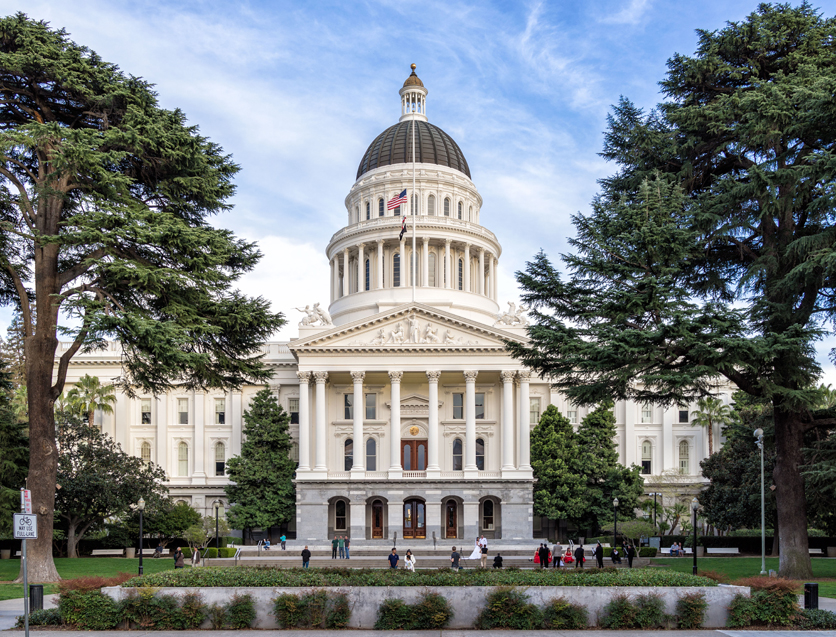Legislation is in the works to update the state’s definition of integrated pest management. The goal is to emphasize that chemical control does fall within the practices.
Steve Schoenig, a researcher who serves on the California Invasive Plant Council, explained the effort during a recent meeting of CDFA’s Invasive Species Advisory Committee. The revised terminology would incorporate aspects of definitions from U.S. EPA and the UC IPM program.
“It's not doing any new major rewrites, nothing radical,” he assured the committee.
Schoenig warned that environmental groups have been misappropriating the term to encourage cities and counties to ban the use of conventional pesticides.
It’s easy to be “in the know” about what’s happening in Washington, D.C. Sign up for a FREE month of Agri-Pulse news! Simply click here.
Ag groups are working with the council on the legislation. Schoenig noted that the typical request to legislators is for more funding for invasive species prevention, but that is unlikely this year, given the state budget deficit.
The definition of IPM has long been an issue in state policymaking. Under former director Val Dolcini, the Department of Pesticide Regulation took flack from agriculture for marketing IPM as a way to reduce the use of controversial pesticides. Recognizing the conflict, DPR eventually rebranded the initiative as sustainable pest management.
Then in 2023, Assemblymember Damon Connolly of San Rafael filed a bill that sought to redefine IPM as excluding herbicides like glyphosate.
Definitions matter—as CDFA has learned in its ongoing effort to define regenerative ag. Stakeholders have warned that such a definition has the potential to influence federal law, disrupt markets and drive regulatory mandates in Sacramento.


